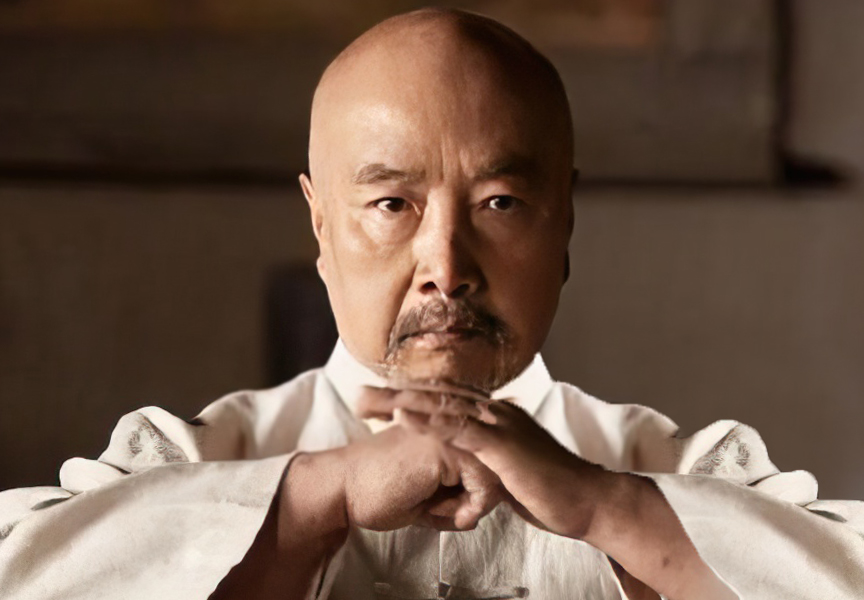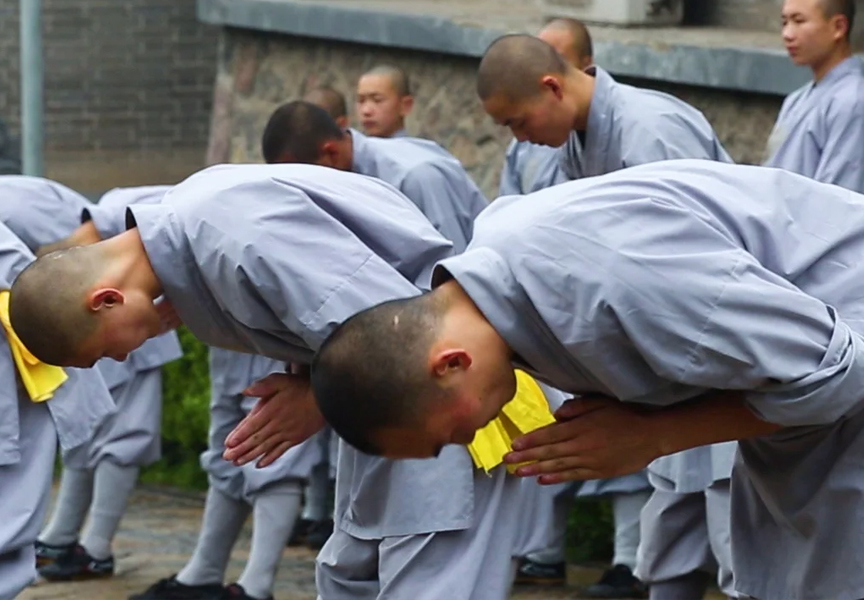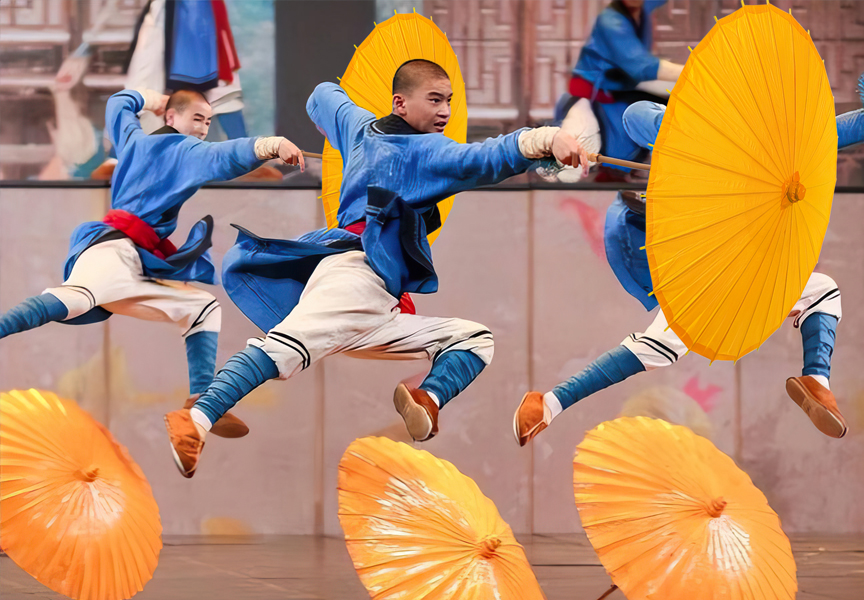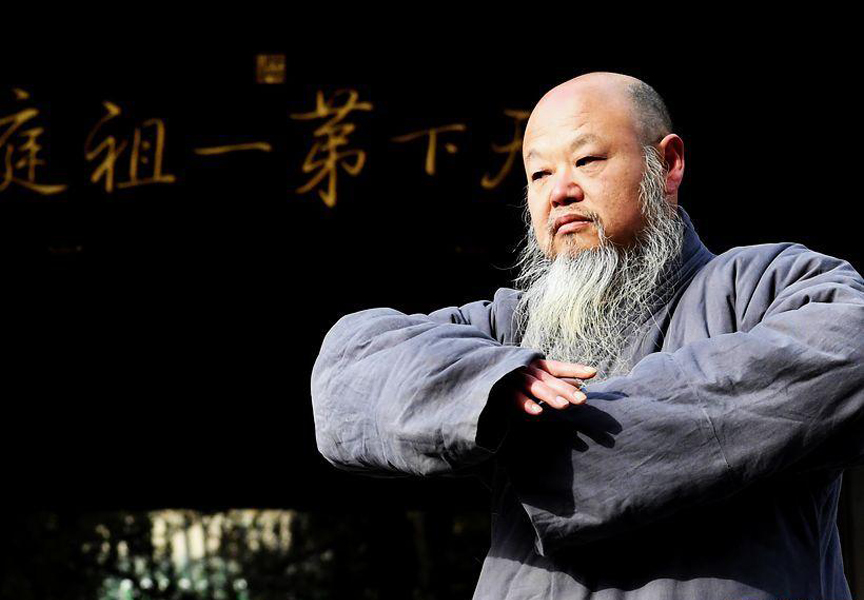Random Free Articles
- Following a Master and the Mind Path in Today's World

In the fast-paced and modern world we live in today, the pursuit of traditional martial arts and the path of the mind has become an increasingly challenging endeavor. As technology advances and lifestyles evolve, the traditional ways of following a martial arts master and embracing the path of the mind often seem out of sync with the demands of contemporary life. However, for those who embark on this journey, the rewards are profound, offering…
- The Sacred Duty of Martial Arts Students

Preserving Tradition through Unanalyzed Knowledge Transmission In the realm of traditional martial arts, there exists a sacred bond between teacher and student, one that extends beyond the mere exchange of physical techniques. It encompasses a profound responsibility—one that transcends time and individuality—to preserve and pass on the invaluable wisdom of the art in its purest form. Central to this obligation is the notion that students…
- The Unveiled Power of the Umbrella

A Weapon in Shaolin Kung Fu Monk Hands In the world of martial arts, where the convergence of tradition and innovation gives birth to unique fighting styles, one may be surprised to discover that even an everyday object like the umbrella - Yusan [Chin.: Yǔsǎn 雨伞] can be transformed into a formidable weapon. In the ancient practice of Shaolin Kung Fu, the umbrella, primarily associated with shielding against rain or sun, unveils a hidden…
- A Living Master; A Living Blessing

In the tapestry of human existence, certain individuals emerge as beacons of wisdom, compassion, and enlightenment. A living master, often recognized as a spiritual guide, mentor, or teacher, embodies the essence of a living blessing. These extraordinary individuals traverse the realms of knowledge, guiding seekers on the path of self-discovery, inner peace, and spiritual awakening. The Living Presence: A living master is not merely a…
- Ten Internal Principles of Shaolin Rouquan

Shaolin Rouquan [Chin.: Shàolín Róu Quán 少林 柔拳 ], the ancient martial art form, encompasses a set of internal principles that are crucial to its practice. Once an individual has mastered the correct posture, they can delve into these internal aspects to deepen their understanding and enhance their skills. The following are ten fundamental principles of Shaolin Rouquan: 1. Circular and Spiraling Movement [Chin.: Yuán xíng hé…

